Cultural Appropriation
To most people, the month of October means the days are flush with falling leaves, beautiful warm colored scenery, chilly evenings, pumpkin carving, spooky activities, and Halloween. Halloween is the one of the most important events in October which includes trick-or-treating, candy, and dressing up. Dressing up is a big factor in Halloween, people of all ages participate in dressing up; usually in scary, humorous, basic, or attractive costumes. However, some costumes aren’t so attractive to some audiences, specifically in this case, Native Americans.
Being a Native American and walking into a Halloween costume store to see a “Sexy Cherokee Princess” or a “Tribal Chief” as an option is already offensive enough considering we take offense when our regalia is called or referred to as a ‘costume’. Non-indigenous people always ask why we, Native Americans, get so easily offended by ‘being a costume’ because it’s ‘just Halloween’. However, the accessories included with the costume such as feathers, headdresses, fake buckskin clothing, and beaded items have a very sacred meaning to us. We have to earn these things through the rights of passage. Some tribes are extremely strict and expect you to follow their specific rules. More than half of Native American tribes don’t allow women and children to wear headdresses and some only use or wear certain items during different ceremonies.
Not only is it disrespectful to our Native peoples, it also sexualizes our culture. More specifically our indigenous women who are 2x more likely to be raped, 5x more likely to experience physical violence by the hands of a non-native perpetrator, and 10x more likely to be murdered than the national average. An example would be Pocahantas, a Native American Disney princess. Her real name is actually Matoka and she was only 11-12 years old when she was forced to marry a European adult man. During the time of her marriage she was sexually, physically, and mentally abused and is considered to be one of the first of thousands of missing and murdered indigenous women. Rather than being an ignorant non-Native American dressing up and acting like a “savage”, take the time to listen or research cultural information before getting approached or mishandled by an actual Native American person. My culture is not a costume.
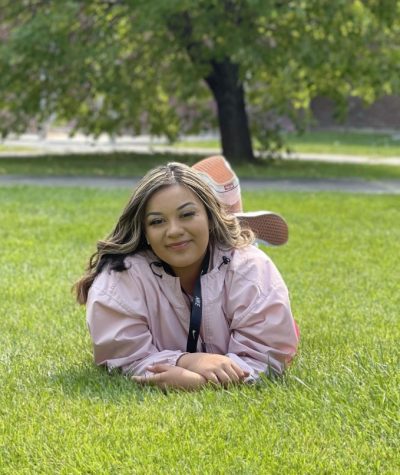
Layla Buckskin, a senior this year, has been a part of the Newspaper staff since her freshman year. She has written many powerful stories and is very passionate...
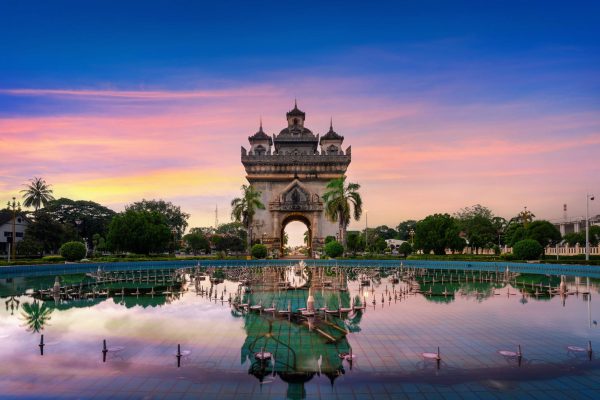


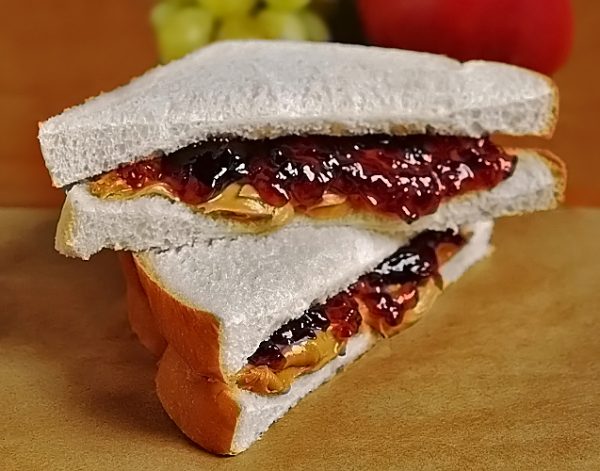
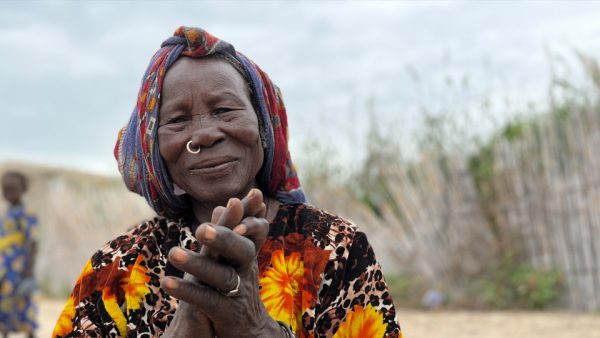
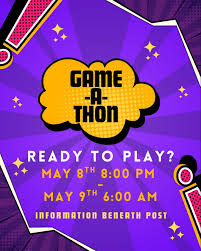



Ian Hall • Feb 4, 2021 at 2:35 pm
That last line definitely strikes the entire point home. As a Native, this entire article displays a great point as to why certain Halloween costumes relating to Native-Americans may be troublesome.